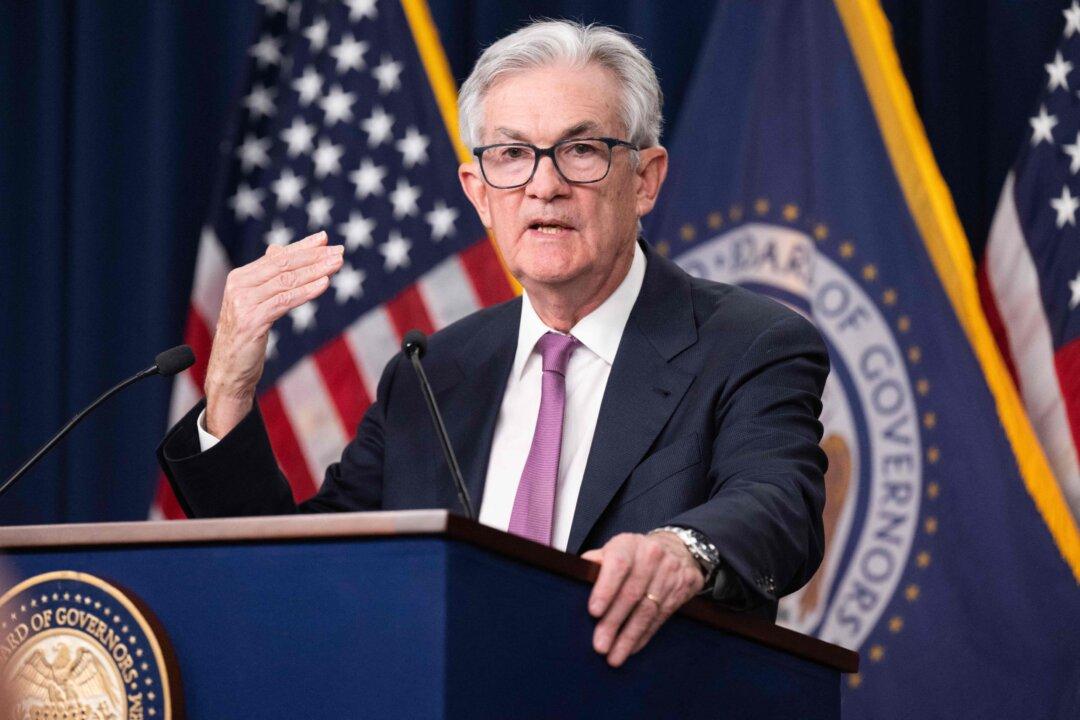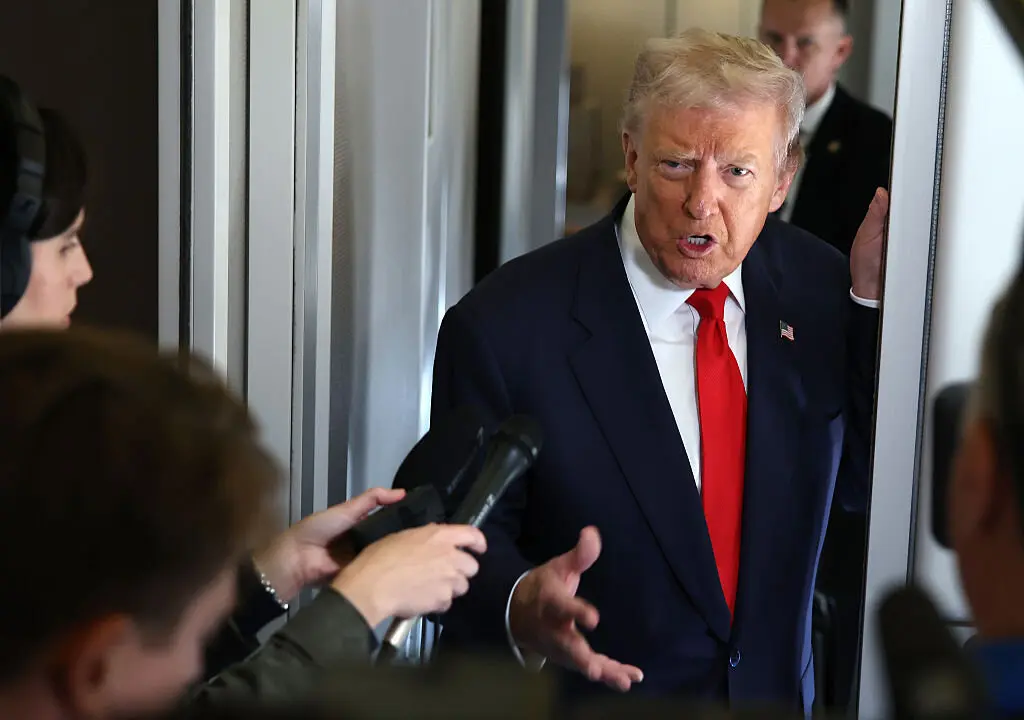Testifying before the Senate Banking Committee on March 7, Federal Reserve chairman Jerome Powell said he is prepared to accelerate interest rate hikes as economic growth and labor shortages continue to fuel inflation.
Meanwhile, the Fed is still sitting atop a massive $8.4 trillion portfolio of bonds it bought through economic stimulus programs. This portfolio now needs to be liquidated as the Fed shifts from stimulus to a more restrictive monetary policy to fight inflation.





